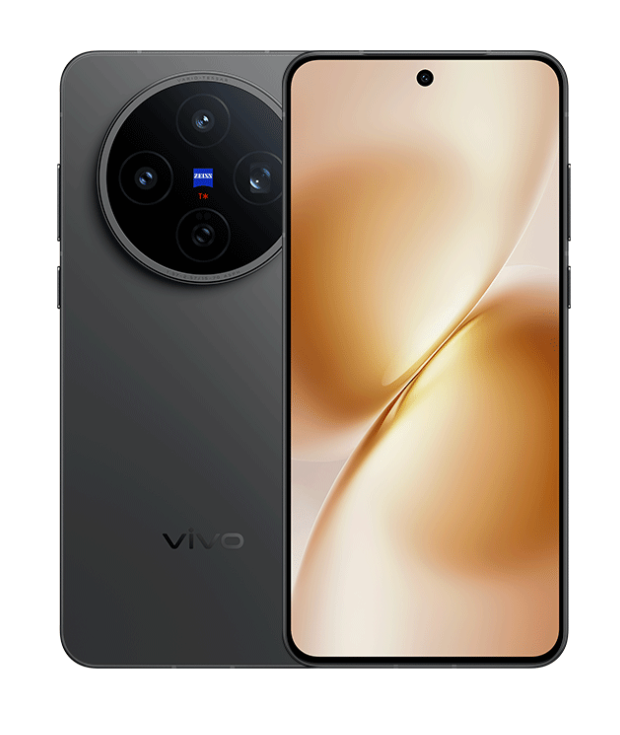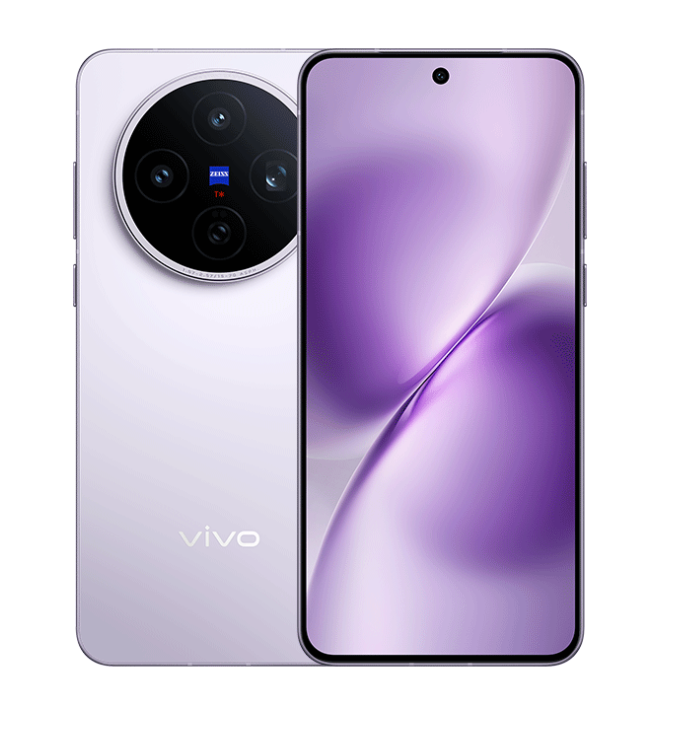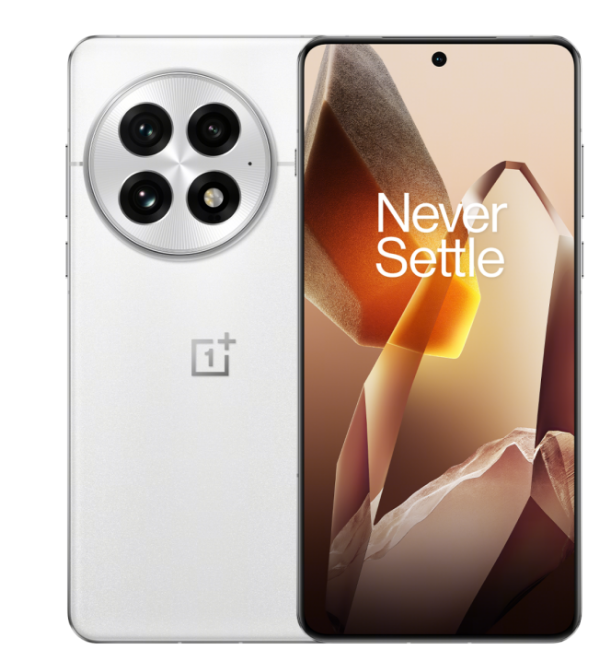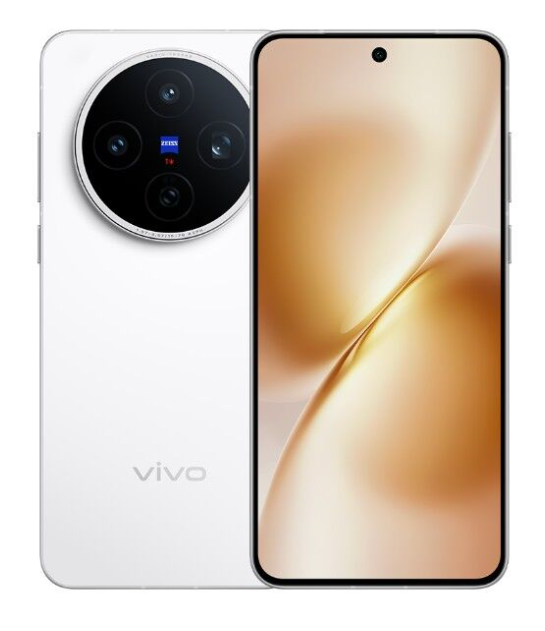Vivo X200s and OnePlus 13 are two of the most compelling Android flagships in 2025, each offering cutting-edge hardware and premium features. With similar pricing tiers but different philosophies, MediaTek vs Qualcomm, and Zeiss vs Hasselblad, this comparison highlights the crucial differences that can influence power users, photography enthusiasts, and performance-driven buyers. Understanding how these devices differ in display tech, performance, cameras, and charging helps determine which flagship delivers more value in real-world use.
1. Design and Display

Build and Feel:
Both phones offer premium designs with IP68/IP69 certification for durability. The Vivo X200s uses a sleek glass build with a minimalistic look, while the OnePlus 13 steps it up with a ceramic guard front, glass or eco-leather back, and aluminum frame. OnePlus feels more luxurious and offers a slightly better in-hand grip, especially with the eco-leather option. The inclusion of a barometer in the OnePlus 13 also hints at a more premium orientation for fitness and outdoor usage.
Display Quality:
OnePlus 13 features a larger 6.82-inch LTPO 4.1 AMOLED with a peak brightness of 4500 nits and a sharper 1440p resolution, offering exceptional clarity and outdoor visibility. Vivo X200s uses a 6.67-inch AMOLED panel with an impressive 5000 nits peak brightness but slightly lower resolution. Both support HDR10+ and HDR Vivid, though OnePlus adds Dolby Vision and an always-on display. The OnePlus panel edges ahead with better pixel density and dynamic refresh rate control thanks to LTPO.
Verdict:
While the Vivo X200s impresses with brightness and color richness, the OnePlus 13 offers superior display sharpness, dynamic refresh control, and a more premium feel—making it the better choice for users who prioritize screen quality and build finesse.
2. Specifications

Performance:
OnePlus 13 is powered by the Snapdragon 8 Elite with custom Oryon V2 Phoenix cores, delivering top-tier CPU and GPU performance. Vivo X200s uses the Dimensity 9400+, which is extremely capable but slightly trails in GPU output. The OnePlus also includes UFS 4.0, compared to UFS 4.1 in the Vivo, though in real-world usage, this is negligible. However, OnePlus can be configured with up to 24GB RAM, providing more flexibility for heavy multitasking.
Battery and Charging:
Vivo X200s houses a larger 6200 mAh battery with 90W wired and 40W wireless charging. OnePlus 13 has a slightly smaller 6000 mAh cell but supports 100W wired and 50W wireless charging. It also supports 10W reverse wireless, making it more versatile for accessory charging. The OnePlus charges faster and has more features, but Vivo delivers marginally better endurance due to the larger cell.
Verdict:
OnePlus 13 is the performance leader with a faster processor and better RAM options, while Vivo X200s offers slightly better battery life. For users needing faster charging and maximum performance, OnePlus is the better option.
3. Camera

Main and Secondary Lenses:
Both phones feature triple 50MP cameras, including wide, telephoto, and ultrawide lenses. The OnePlus 13 benefits from Hasselblad Color Calibration and a color spectrum sensor, enhancing natural tones and color balance. Vivo counters with Zeiss optics, T* coating, and laser autofocus, which offer detailed textures and lower glare. Both offer 3x optical zoom via periscope lenses. OnePlus supports 8K video, while Vivo maxes out at 4K.
Selfie Camera:
Both phones use a 32MP front camera with 4K video support. The Vivo X200s has an ultrawide 20mm lens, ideal for group selfies and landscapes, whereas OnePlus provides a slightly tighter 21mm wide lens with better pixel size and stabilization. OnePlus adds panorama support and more aggressive HDR processing.
Verdict:
While Vivo X200s delivers more versatile wide-angle selfies and slightly better optics in daylight, the OnePlus 13 has a more comprehensive camera setup with superior software features and video capability, making it the better all-round camera phone.
4. Pricing

Vivo X200s is priced around $650, while the OnePlus 13 commands a premium at $950. This $300 gap is justified by the OnePlus 13’s superior display, faster performance, better-charging features, and enhanced camera versatility. However, the Vivo X200s remains an excellent value with a flagship-level experience at a significantly lower cost.
For budget-conscious users seeking balanced performance, Vivo is the smarter pick. For users wanting the absolute best and are willing to pay extra, OnePlus offers more polish and power.
5. Conclusion

OnePlus 13 offers several standout features like 8K recording, Circle to Search, Dolby Vision support, barometer sensor, and faster 100W/50W charging, which are absent on the Vivo X200s. It also supports reverse wireless charging, giving it more utility. On the other hand, the Vivo X200s stands out with its brighter 5000-nit screen, longer battery life, and strong camera performance with Zeiss optics at a more affordable price point.
Verdict:
Choose the OnePlus 13 if you want a top-tier flagship with cutting-edge performance, superior display, and better video features. Pick the Vivo X200s if you want excellent value, long battery life, and a premium experience without stretching your budget. Both are excellent but cater to different priorities.
Read More:
- Oppo Find X8s+ vs Vivo X200s: Who Has the Best Premium Value in 2025?
- Oppo Find X8s+ vs OnePlus 13: Is the OnePlus Worth $200 More Than the Find X8s+?
- Oppo Find X8 Ultra vs Xiaomi 15 Ultra: Which Ultra Flagship Phone is Supreme







